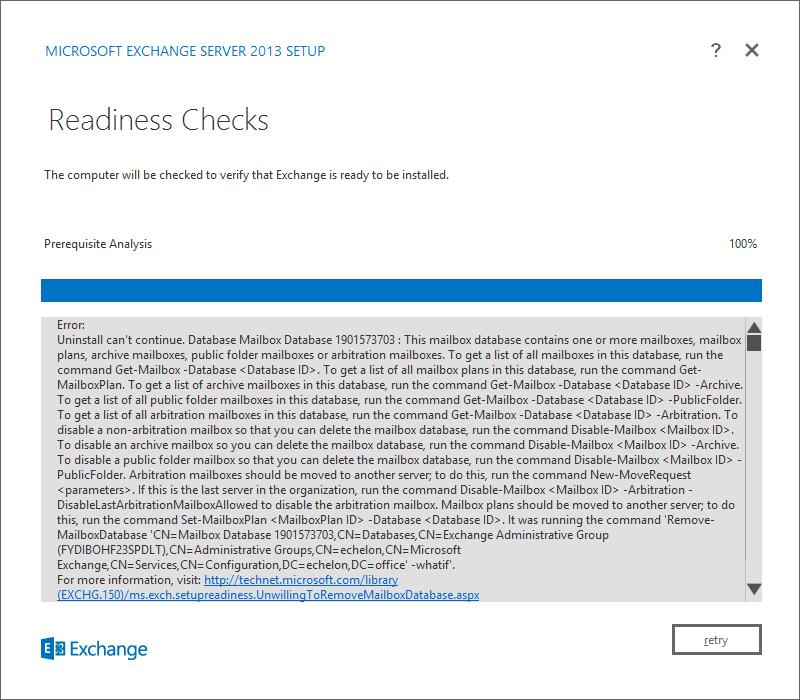A while ago I decided to convert one of my workstations into a hypervisor so I could run VMs entirely separate from my main desktop. The specs on this machine are:
- Intel Core i7-950
- Asus Maximus Gene III
- 6x2GB Corsair 1600 DDR-3 CAS9
- 1GB Radeon 5450
- 120GB Intel 320
- HighPoint RocketRAID 3510 running 3x500GB WD RE3 drives in RAID5
- Cosair VX550 PSU
- Corsair H70 with Scythe GT fans
- Antec Mini P180
I wanted to try VMware ESXi but there’s no driver support for the RocketRAID 3510 and I didn’t feel like purchasing a supported raid card. I tried Hyper-V Server 2012 R2 for a bit since it can load normal Windows drivers; I was able to get the RocketRAID recognized easily. Too bad I could never figure out how to get the management console on my workstation to connect properly (access denied every time). I went back to XenServer (which I used extensively at work) and after lots of Google, managed to figure out how to compile a custom driver for the RocketRAID 3510.
Most of this information came from a now defunct blog which is my motivation for creating this post and this blog; to make sure important information doesn’t get lost.
First you need to download and import the “DDK (Driver Development Kit) 6.2.0” VM appliance from Citrix. This appliance will be used to download and compile the drivers.
At the terminal on the DDK VM run:
|
1 |
wget http://www.highpoint-tech.com/BIOS_Driver/RR3xxx_4xxx/Linux/1.6/rr3xxx_4xxx-linux-src-v1.6-072009-1131.tar.gz |
Next we extract the source code:
|
1 |
tar vxf rr3xxx_4xxx-linux-src-v1.6-072009-1131.tar.gz |
Go into the newly extracted folder:
|
1 |
cd rr3xxx_4xxx-linux-src-v1.6/ |
Compile the driver:
|
1 |
make ARCH=x86_64 |
Now we need to copy the hptiop.ko kernel driver to our XenServer:
|
1 |
scp hptiop.ko XenServer:/lib/modules/$(uname -r)/kernel/drivers/scsi/ |
Now at the terminal on our XenServer we install the driver:
|
1 2 3 |
cd /lib/modules/$(uname -r)/kernel/drivers/scsi insmod hptiop.ko depmod -a |
Now we have compiled and installed a driver for the RocketRAID 3510 but we still need to create the storage repository manually; I used the KB article from Citrix to do that – http://support.citrix.com/article/CTX121313

